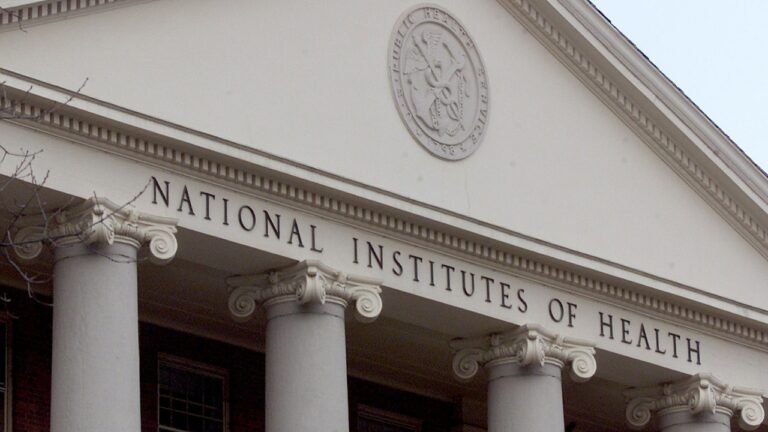Unlocking the Fountain of Youth: Exercise’s Impact on Aging Explored
In an exciting development, the University of Arkansas at Fayetteville has embarked on a groundbreaking journey to uncover the secrets of aging through exercise, thanks to a generous $2.5 million grant from the National Institutes of Health.
Investigating the Role of Exercise in Aging
Kevin Murach, an esteemed assistant professor within the university’s College of Education and Health Professions, has assumed the role of principal investigator for this pioneering project. The focus of their research revolves around understanding the impact of exercise on the aging process, particularly in preserving skeletal muscle as individuals grow older.
Cracking the Aging Code with MYC
At the heart of their investigation lies a protein named MYC, which plays a pivotal role in the aging process and its interaction with exercise. Murach has expressed his long-standing curiosity about the potential of exercise to combat the effects of aging, particularly in relation to skeletal muscle preservation.
Bridging the Gap Between Mice and Humans
While their initial research is conducted using mouse models, Murach and his team are confident in its relevance to human physiology. They have observed that MYC levels in muscle increase with exercise, albeit to a lesser extent in aged muscles. Their hypothesis suggests that by manipulating MYC levels, it might be possible to rejuvenate aging muscles, essentially turning the clock back on muscle aging.
In essence, this research holds the promise of uncovering valuable insights into the age-old quest to stay youthful through exercise. Though currently confined to lab mice, the potential for real-world applications is tantalizing. As the study unfolds, it may not only unravel the mysteries of aging but also pave the way for innovative approaches to maintaining youthful vigor through physical activity.

